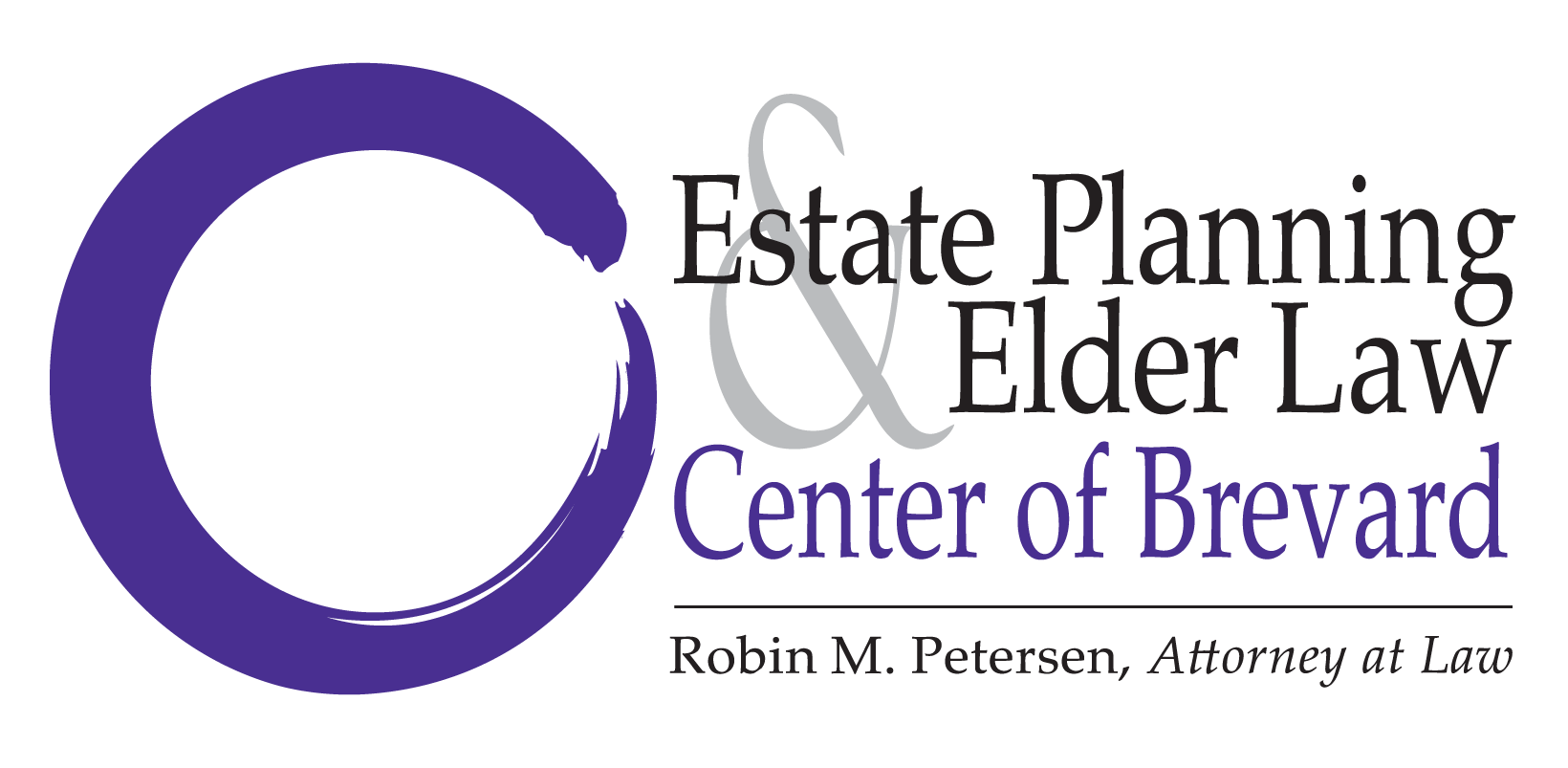When the “Queen of Soul” passed away in 2018, the world mourned a voice like…
Health Care Directives and End of Life Planning Exemplified by Two First Ladies
Barbara Bush’s final days are an example of what some call “a good death.” She left this world with dignity and on her terms. Her health care directive likely ensured that her wishes would be followed, and is an example of a life well-lived and a death that was well-planned.
When First Lady Barbara Bush passed recently, Americans of all political parties felt the loss. The “Silver Fox” was the matriarch of a family at the forefront of politics for more than four decades. As reported by Forbes in its article, “Barbara Bush And Betty Ford – How Two First Ladies Mastered Unique Aspects Of End Of Life Planning,” this wife, mother, grandmother and great-grandmother should be an example to us all of how to prepare for and handle our final days.
Mrs. Bush’s death is a drastic contrast to how most Americans approach the dying process. The average American doesn’t have a well-planned approach to how they wish to handle death. In 2017, the University of Pennsylvania’s Palliative and Advanced Illness Research Center found that only 29% of all Americans even have a health care directive. This is an important document to help your family as well as medical and legal professionals understand your wishes about medical treatment, palliative care, and funeral plans.
Likewise, Betty Ford used her estate documents to express her last wishes in a unique way. Betty wanted her eulogy to be a political statement on how the increased partisanship in Washington was creating a negative impact on the country. She asked journalist Cokie Roberts to eulogize her, and the eulogy was to be specific. Betty wanted Roberts to speak about Washington in the 1960s and 70s and how the DC crowd had to get along and work together. That was because they were frequently at dinner parties at each other’s home on the weekends. This was the statement she wanted to be certain was communicated.
Another powerful use of the health care directive is to provide our wishes for treatment, in the event we lack capacity, or our condition is terminal.
Barbara Bush’s health care directive stated that treatment for her chronic obstructive pulmonary disease (COPD) and congestive heart failure would stop, and she’d return home to focus on being comfortable in her last days. She was surrounded by family and on her final day, her husband of 72 years sat at her bedside and held her hand. She even had a final bourbon!
Regardless of their political preference, everyone should have a health care directive. Think through how you feel about everything from palliative treatment to funeral plans. Create a health care directive with the help of an estate planning attorney. It will make a difficult time less stressful for your family, and they will appreciate knowing your final wishes.
Reference: Forbes (April 18, 2018) “Barbara Bush And Betty Ford – How Two First Ladies Mastered Unique Aspects Of End Of Life Planning”



